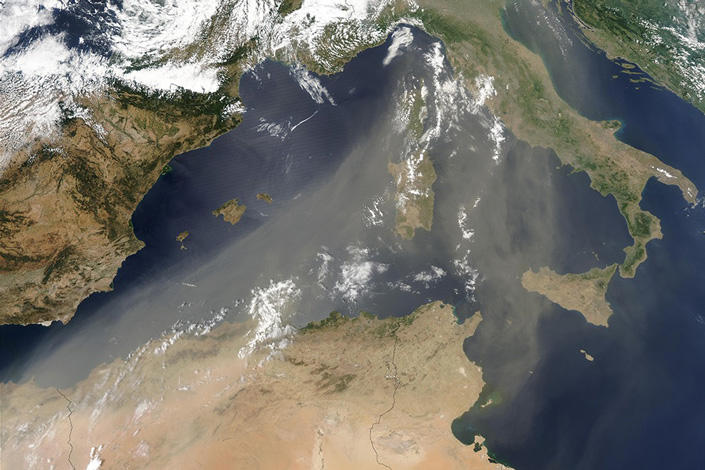Sahara Dust May Make You Cough, But It’s A Storm Killer

The bad news: Dust from the Sahara Desert in Africa – totaling a staggering 2 to 9 trillion pounds worldwide – has been almost a biblical plague on Texas and much of the Southern United States in recent weeks. The good news: the same dust appears to be a severe storm killer.
Research from a team of scientists led by Texas A&M University has studied Saharan dust and their work is published in the current issue of the Journal of Climate of AMS (American Meteorological Society).
Texas A&M’s Bowen Pan, Tim Logan, and Renyi Zhang in the Department of Atmospheric Sciences analyzed recent NASA satellite images and computer models and said the Saharan dust is composed of sand and other mineral particles that are swept up in air currents and pushed over the Atlantic Ocean to the Gulf of Mexico and other nearby regions.
As the dust-laden air moves, it creates a temperature inversion which in turn tends to prevent cloud – and eventually – storm formation.
It means fewer storms and even hurricanes are less likely to strike when the dust is present.
“The Saharan dust will reflect and absorb sunlight, therefore reduce the sunlight at the Earth’s surface,” said Pan.
“If we have more frequent and severe dust storms, it’s likely that we have a cooler sea surface temperature and land surface temperature. The storms have less energy supply from the colder surface therefore will be less severe.”
The study goes on to show that dust and storm formation don’t mix.

